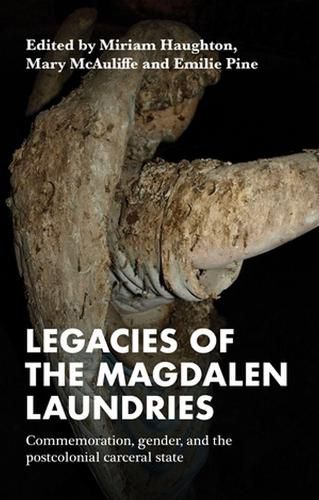Readings Newsletter
Become a Readings Member to make your shopping experience even easier.
Sign in or sign up for free!
You’re not far away from qualifying for FREE standard shipping within Australia
You’ve qualified for FREE standard shipping within Australia
The cart is loading…






This collection raises incisive questions about the links between the postcolonial carceral system, which thrived in Ireland after 1922, and larger questions of gender, sexuality, identity, class, race and religion. This kind of intersectional history is vital not only in looking back but, in looking forward, to identify the ways in which structural callousness still marks Irish society. Essays include historical analysis of the ways in which women and children were incarcerated in residential institutions, Ireland’s Direct Provision system, the policing of female bodily autonomy though legislation on prostitution and abortion, in addition to the legacies of the Magdalen laundries. This collection also considers how artistic practice and commemoration have acted as vital interventions in social attitudes and public knowledge, helping to create knowledge and re-shape social attitudes towards this history. – .
$9.00 standard shipping within Australia
FREE standard shipping within Australia for orders over $100.00
Express & International shipping calculated at checkout
This collection raises incisive questions about the links between the postcolonial carceral system, which thrived in Ireland after 1922, and larger questions of gender, sexuality, identity, class, race and religion. This kind of intersectional history is vital not only in looking back but, in looking forward, to identify the ways in which structural callousness still marks Irish society. Essays include historical analysis of the ways in which women and children were incarcerated in residential institutions, Ireland’s Direct Provision system, the policing of female bodily autonomy though legislation on prostitution and abortion, in addition to the legacies of the Magdalen laundries. This collection also considers how artistic practice and commemoration have acted as vital interventions in social attitudes and public knowledge, helping to create knowledge and re-shape social attitudes towards this history. – .